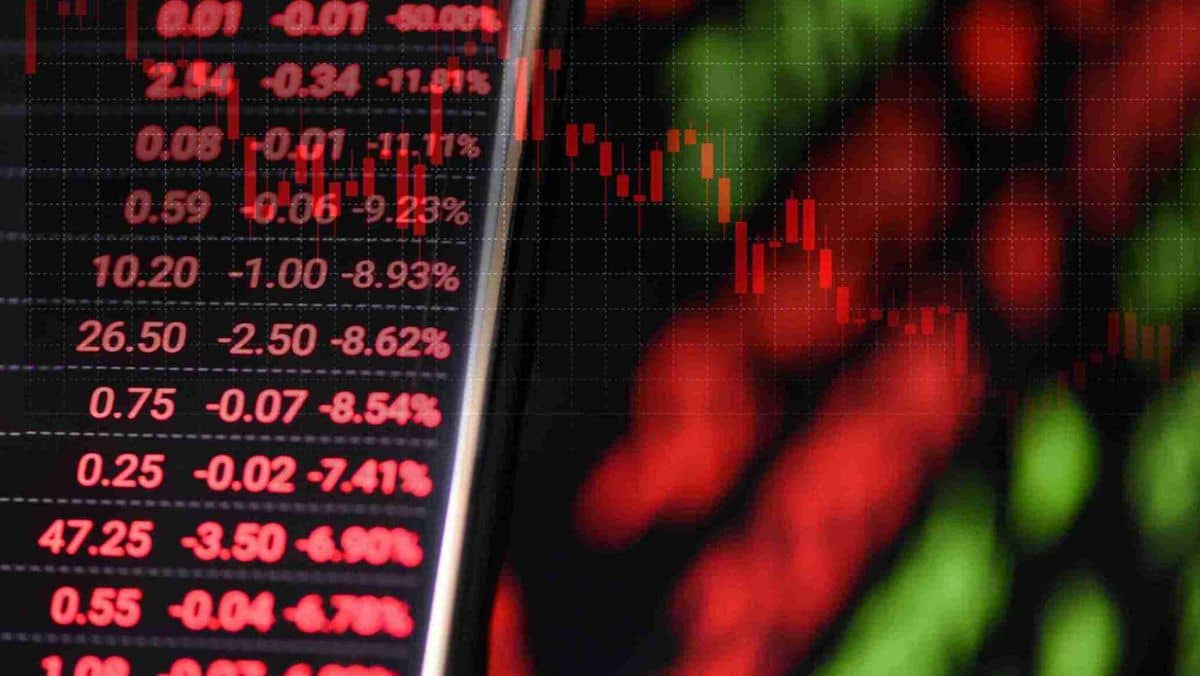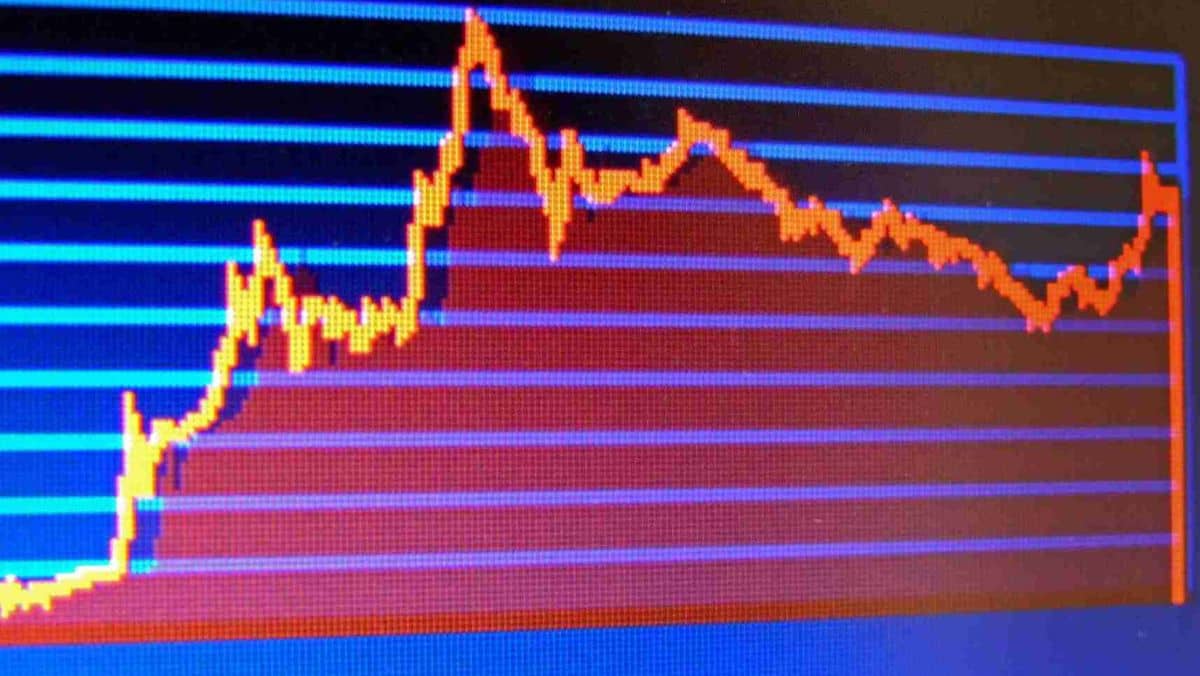
Friday Jan 12 2024 06:01

10 min

Have you been following the wild swings in Synthomer’s stock lately? As a leading global producer of speciality chemicals, Synthomer’s stock prices are exposed to broader economic forces.
In this article, we’ll analyze Synthomer’s share price history, what’s driven the extreme volatility, and what investors should watch moving forward.
Founded in 1863, Synthomer produces specialized latex polymers and other chemical products across various industries. The company operates worldwide with manufacturing sites in Europe, North America, and Asia.
Synthomer’s products end up in everything from medical gloves and carpets to paper and construction materials.
The company’s diversified market exposure provides demand stability and ties the company to economic cycles. For instance, around 30% of sales come from cyclical construction end markets.
Recently, Synthomer has faced a challenging environment on multiple fronts:
These headwinds have weighed on profitability and clouded Synthomer’s earnings outlook. At the same time, the stock market has heavily discounted shares of chemical producers due to the deteriorating macro backdrop.
Consult this article for a comprehensive view: Recession Proof Stocks CFDs and Other Assets
In January 2023, SYNT hit a 12-month high of £1,171.45 per share before closing the month strong at £1,148.36. This reveals positive market sentiment and financial results driving up valuations.
However, February shows the start of a steep downward trend as the Synthomer share price peaked at £1,247.07 but then closed down at £1,125.53, culminating in a massive selloff in March.
Specifically, SYNT plunged from a high of £1,151.31 to close at £859.61, marking a 25% monthly drop. This reversal coincides with rising inflation, interest rates, and an increasingly gloomy economic outlook in 2023 that likely made investors risk-averse.

The selloff continued into Q2 2023, the Synthomer share price hitting a low of £536.98 in June, down 53% year-to-date.
Yet, the Synthomer share price recovered in July and August, suggesting the selloff was overdone and representing a buying opportunity for investors believing in SYNT’s long-term fundamentals.
The rally peaked in September at £486.16 before volatility struck again, and the Synthomer share price closed down at £232. Still, SYNT posted three straight months of gains totalling 144% from June to September.
In the year’s final quarter, the trading range stabilized between £189.50 and £234.22 per share. The lower volatility reflects easing macroeconomic uncertainty and likely more accurate valuation relative to earnings potential.
Ultimately, the Synthomer share price closed in 2024 only mildly lower at £179, signifying resilient investor optimism despite considerable volatility over the past year.
You might also like to read: Wetherspoons Share Price - A Quick Market Overview
While technical analysis helps identify potential support/resistance, Synthomer’s fundamentals determine the share price path. Here are the facets and metrics to watch:
Rising costs for raw materials, energy, and transportation have compressed margins. Investors are watching for signs of peak inflation or relief in expenses.
The current demand trends indicate a decline in sales due to the slowdown in the construction and auto production sectors.
However, the demand is expected to improve with the stabilization of European economies and the reopening of China, which would provide a much-needed boost to the market.
The current earnings outlook for Synthomer has been affected by various factors, such as changes in demand and increased costs. This has led to a reduction in earnings forecasts by analysts.
As a result, any updates Synthomer provides regarding its profit guidance will be closely watched by investors and will likely significantly impact the company’s stock price.
Synthomer is currently on a cash reserve of more than £200 million. This financial cushion will help the company quickly navigate any potential challenges or uncertainties.
Despite this, increasing working capital requirements could pressure the company’s balance sheet and necessitate further financial measures to maintain financial stability.

The Synthomer share price is still at the mercy of challenging operating conditions and sour investor sentiment. What potential catalysts could turn the tide and drive the next major share price swing?
Signs of easing inflationary pressures would improve macro outlooks. This could spark a renewed rally across economically sensitive sectors.
If Synthomer manages to achieve an upside earnings surprise or improve its guidance, it would indicate the company’s resilience in the face of challenges.
Such positive news leads to a significant increase in the stock’s value, particularly if it comes directly from management. Investors respond favourably to optimistic updates and view this as a sign of the company’s ability to adapt and thrive in the current market conditions.
Synthomer still has a strong balance sheet. A value-creating acquisition in this environment could enhance long-term growth prospects.
Faster-than-expected recovery in construction, autos, or European industrial activity would provide an uplift.
Of course, the flip side remains a risk if conditions deteriorate further from here. But after a huge decline, much potential negativity may already be priced into Synthomer’s depressed valuation.
Here’s an interesting read for you: Stocks & Shares - How do they work?
After analyzing Synthomer’s extreme share price volatility over the past year, driven by shifting macroeconomic trends, it’s clear this stock remains exposed to significant uncertainty moving forward.
While experienced traders may find opportunities trading the swings, beginner investors should proceed with extreme caution.
Before putting your capital at risk, take time to thoroughly research Synthomer’s fundamentals, end-market exposure, and potential catalysts. This will help you make an informed decision and avoid potential pitfalls.
You must also monitor incoming data on inflation, construction activity, European growth, and management guidance for signals pointing to the next major move.
While the potential rewards are tempting, don’t underestimate the risks still overhanging this economically sensitive stock. Do your homework and only trade what you fully understand.
Learn and trade with markets.com: The ultimate trading community!
“When considering “CFDs” for trading and price predictions, remember that trading CFDs involves a significant risk and could result in capital loss. Past performance is not indicative of any future results. This information is provided for informative purposes only and should not be considered investment advice.”
